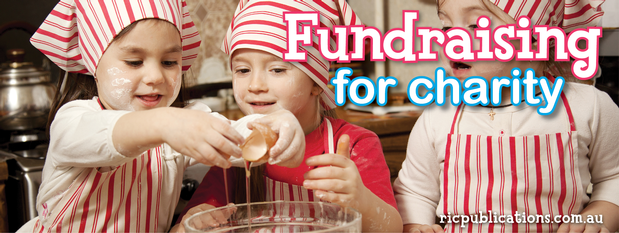- Tuesday 09 August 2016
- 0 Comments
Making your students more socially aware can be an impetus for positive change, with them realising that they too can help in their own way. It can instil in the children a sense of community and responsibility ... hopefully values that they will hold for the rest of their lives.
From the ages of five to nine, children begin to develop a greater awareness of themselves not only as individuals, but also of how they relate to others and of being responsible, being good and doing the ‘right’ thing. They also develop an understanding of not only what is occurring in their immediate lives, but of what is happening in their wider community and events on a worldwide scale.
As students begin to acknowledge the world outside, the hope is that they will develop a sense of empathy for those who are in a ‘bad situation’. This is especially true of times when there have been catastrophic events that dominate the media, such as bushfires and other natural disasters. Even young children can relate, to some extent, to how they would feel if they had no toys, few clothes, no home or were hungry.
Holding a fundraiser for a charity for a local community group is one way you can promote positive citizenship in your students. It does not need to be a difficult task; indeed, providing a simple and fun way to raise money for an appropriate charity encourages the students to feel good about themselves, knowing that they are ‘helping out’ a little bit. Use some of the following ideas to raise money for a local sporting or social club, or local or worldwide charity ... and let the children have fun as well!
- Students paint a portrait of their mum, dad or family, which is then hung as part of an ‘art exhibition’. Parents, grandparents or community members pay a small entry fee to view the exhibition. The family of each artist could also pay a gold coin donation to ‘buy’ the artwork.
- Each class elects to create art or craft items, such as wind chimes, balloon people, pottery, gifts etc. to sell to other children or parents.
- Students make and sell containers of popcorn at morning tea.
- Students bring loose change to place side-by-side in a line to try to create a ‘kilometre of coins’. The coins are then donated.
- Students purchase a sheet of word puzzles about local placenames or words for $2. The first all-correct entry drawn out of a barrel wins a prize. The children could collect the sheets on a Friday, with the draw held on a Monday. This develops students’ spelling and thinking skills, and their awareness of the local community.
- Students help prepare and cook food items to be sold at the canteen or tuck shop. Select children to sell the goods.
- Students organise and participate in a talent, ‘no talent’ or lip-sync competition. Other students pay to watch, and small items of food or drink can be sold. If heats are held to select performers and the competition is held at night so that parents can attend, a silent auction of donated items could also be held.
- Students pot cuttings or seedlings of plants to sell. Donations of cuttings could be requested of parents or other community members.
- Hold a sandpit treasure hunt. Older students can hide small plastic toys in a sand tray, then younger students purchase a coloured craft stick to insert in the tray to find a small ‘treasure’.
- In conjunction with a class theme about the senses or communication, the children collect sponsors for a ‘Keep Silent Day’: the children must devise ways to communicate with the teacher and other students in the classroom during the day without using speech.
For more great classroom ideas view Australian Curriculum Civics and citizenship.
